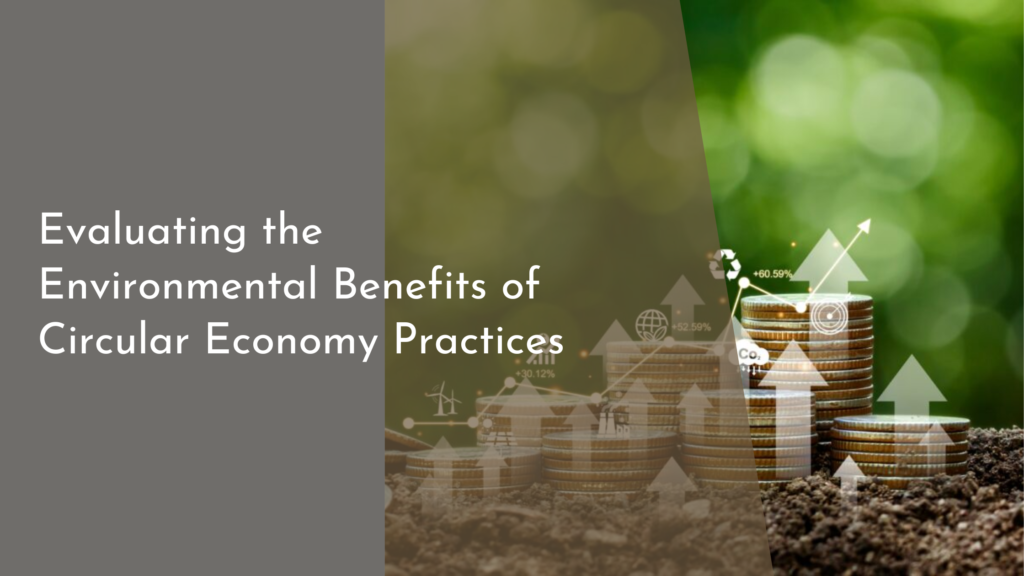The Role of Policy in Addressing Sea Level Rise
Sea level rise is one of the most pressing challenges of our time, posing significant threats to coastal communities, ecosystems, and economies worldwide. As the planet warms and ice sheets melt, sea levels continue to rise, leading to increased flooding, erosion, and saltwater intrusion. Addressing this complex issue requires a multifaceted approach, with policy playing a central role in guiding mitigation and adaptation efforts. This article explores the critical role policy can play in addressing sea level rise, delving into the global challenge it presents, key policy strategies for mitigating its impacts, successful case studies from around the world, and innovative policy solutions for a resilient future.
Understanding Sea Level Rise: A Global Challenge
Sea level rise is a phenomenon driven primarily by two factors: thermal expansion of seawater as it warms and the melting of ice from glaciers and polar ice sheets. This global challenge is exacerbated by human activities such as burning fossil fuels, which increase greenhouse gas concentrations and accelerate global warming. As a result, sea levels have risen by about 20 centimeters since the late 19th century, with projections indicating more significant rises by the end of the 21st century if current trends continue. The consequences of sea level rise are profound, threatening to displace millions of people, disrupt agriculture, and damage infrastructure in coastal areas worldwide.
The impacts of sea level rise are not uniform across the globe, as local factors like land subsidence and ocean currents can influence regional sea level changes. For instance, cities like Jakarta, New Orleans, and Venice face unique challenges due to their geographical and geological settings. Understanding the complexities and variabilities of sea level rise is crucial for developing effective policy measures that can adequately address the diverse needs of affected regions. Policymakers must be informed by the latest scientific research to prioritize areas most at risk and allocate resources efficiently.
Key Policies for Mitigating Sea Level Impact
To mitigate the impact of sea level rise, a comprehensive set of policies is essential. Coastal zone management policies can play a critical role in enhancing resilience by implementing measures such as building sea walls, restoring mangroves, and creating wetland buffers. These natural and artificial barriers can absorb wave energy and reduce erosion, providing a first line of defense against rising waters. Additionally, policies that promote sustainable land use and development can help minimize the vulnerabilities of coastal communities by restricting construction in high-risk areas.
Another key policy area is climate change mitigation, which involves reducing greenhouse gas emissions to slow the rate of global warming and, consequently, sea level rise. This can be achieved through international agreements like the Paris Agreement, which sets targets for lowering carbon emissions. National and local governments can further support these efforts by providing incentives for renewable energy adoption, enhancing energy efficiency, and investing in carbon capture technologies. By addressing the root causes of climate change, policymakers can help mitigate future sea level rise and its associated impacts.
Successful Case Studies: Learning from the Leaders
Several cities and countries have emerged as leaders in the fight against sea level rise, offering valuable lessons for others facing similar challenges. The Netherlands is often cited as a pioneer in flood management, with its extensive network of dikes, sea barriers, and innovative water management strategies. The Dutch approach combines engineering expertise with adaptive management, continually updating and improving their systems in response to new data and technologies. Their "Room for the River" initiative, for example, involves creating floodplains and increasing river capacity to safely accommodate higher water levels, showcasing a successful integration of natural and engineered solutions.
In Southeast Asia, Singapore has taken proactive steps to address sea level rise through comprehensive urban planning and infrastructure development. The city-state has invested heavily in research to understand future climate impacts and is implementing strategies such as elevating roads, building tidal gates, and enhancing drainage systems to cope with heavy rainfall and rising seas. Singapore’s commitment to innovation and long-term planning serves as a model for other coastal cities aiming to build resilience against climate change and sea level rise.
Conclusion: Policy Innovations for a Resilient Future
Looking ahead, innovative policies will be critical to building resilient communities capable of withstanding the impacts of sea level rise. Coastal adaptation policies should prioritize flexibility and long-term planning, incorporating the latest scientific insights and stakeholder engagement to develop solutions tailored to local conditions. Policymakers can explore emerging technologies such as smart infrastructure and nature-based solutions, leveraging the power of innovation to enhance adaptation efforts and minimize risks.
Addressing the challenge of sea level rise requires global cooperation and the commitment of policymakers at all levels. By learning from successful case studies and embracing innovative approaches, governments can develop effective policies that protect vulnerable communities and ecosystems. As we move forward, fostering collaboration between scientists, policymakers, and the public will be essential to crafting sustainable strategies that ensure a resilient future for generations to come. With the right policies in place, we can turn the tide on sea level rise and secure a safer, more sustainable world.

